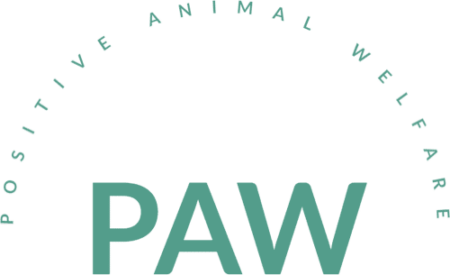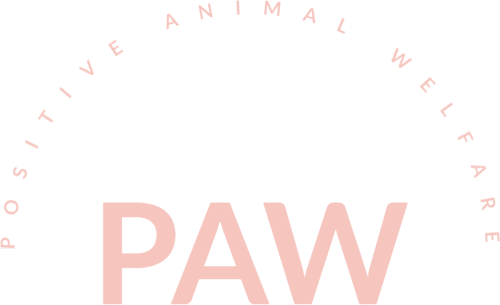Quality of Life (QoL)
The concept of a good QoL for animals also has links to an ancient philosophical tradition of considering human well-being and 'what makes a life go well1'.
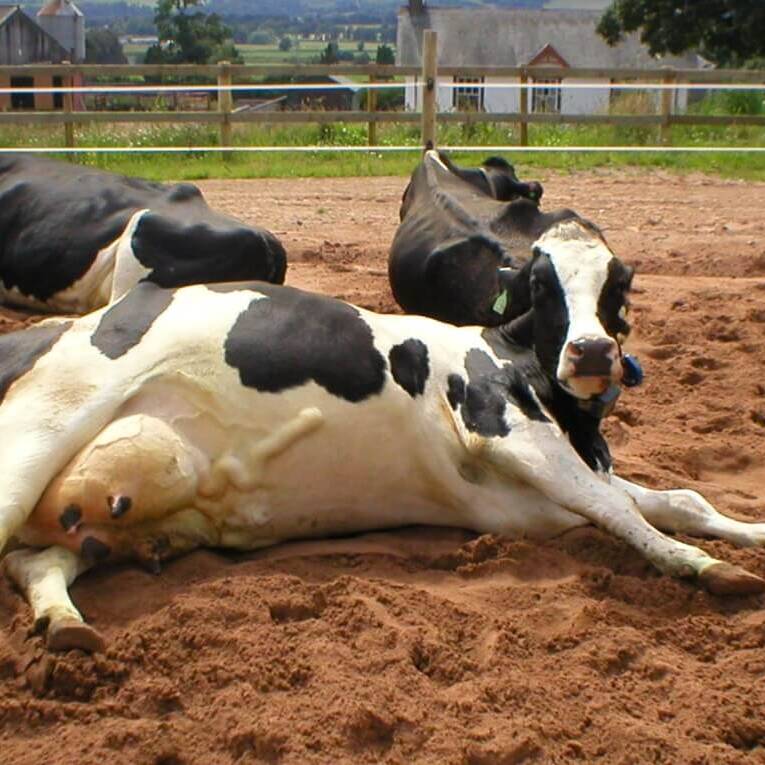
Mike Appleby and Peter Sandøe2 have transferred the good life concept to animals, discussing the overlaps and distinctions between what makes a good life for humans and animals. The Farm Animal Welfare Council (FAWC) in the UK, re-introduced the idea of a good life in their report on the future of farm animal welfare3.
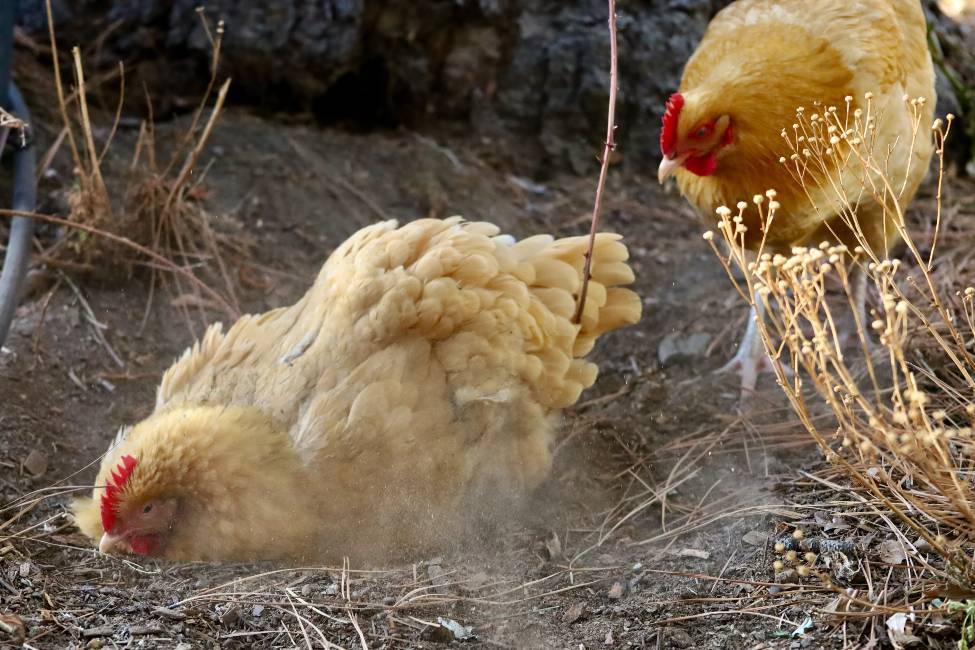
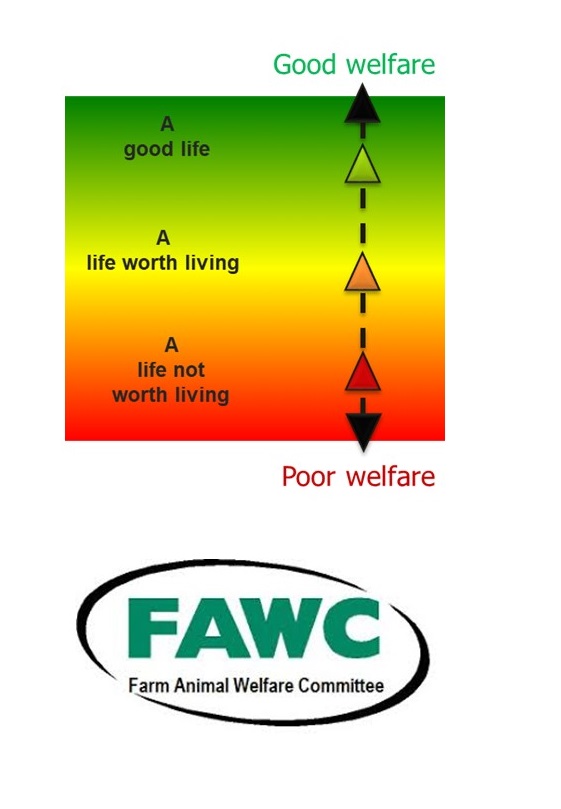
The FAWC report proposes three levels to classify an animals’ QoL: A life not worth living, a life worth living and a good life (see Figure left). The report makes clear that a good life should be clearly distinguished from the other categories:
'The requirements for a good life go well beyond those for the lower level.'
'A significant difference between …a life worth living and a good life … is the provision of opportunities in the higher standard for an animal’s comfort, pleasure, interest and confidence.'
The FAWC report has been influential and taken up in subsequent research. Joanne Edgar and others (2013)4 proposed the resource tier approach to improve positive welfare of laying hens. They propose increasing levels (tiers) of resources to provide for FAWC’s good life opportunities: comfort, pleasure, interest and confidence with the addition of good physical health. More recently Elizabeth Rowe and Siobhan Mullan5 have developed similar resource tier good life frameworks for other species. Giving animals the choice to use resources is a key part of the resource tier approach.
A good life for animals despite its intuitive appeal is on closer inspection a complex idea with several unresolved issues including questions over: the scientific justification for the FAWC good life opportunities; how to scientifically and practically separate a good life from a life worth living and how to assess a good life over the life-time of the animal.
It is important that the limitations of the good life concept as it currently stands are acknowledged both by scientists and other stakeholders to guard against dilution of the concept.
References:
1. Sandøe, P., 1999. “Quality of life – three competing views,” Ethical Theory and Moral Practice, 2(1), pp. 11–23. https://doi.org/10.1023/A:1026404014630
2. Appleby, M. C., & Sandøe, P. (2002). Philosophical debate on the nature of well-being: Implications for animal welfare. Animal Welfare, 11, 283–294. https://doi.org/10.1017/S0962728600024866
3. FAWC. (2009). Farm Animal Welfare in Great Britain: Past, Present and Future. Retrieved from London: Farm Animal Welfare Council, UK
4. Edgar, J. L., Mullan, S. M., Pritchard, J. C., McFarlane, U. J., & Main, D. C. (2013). Towards a ‘Good Life’ for Farm Animals: Development of a Resource Tier Framework to Achieve Positive Welfare for Laying Hens. Animals, 3(3), 584–605. https://doi.org/10.3390/ani3030584
5. Rowe, E., & Mullan, S. (2022). Advancing a “Good Life’’ for Farm Animals: Development of Resource Tier Frameworks for On-Farm Assessment of Positive Welfare for Beef Cattle, Broiler Chicken and Pigs. ANIMALS, 12(5), 565. https://doi.org/10.3390/ani12050565
